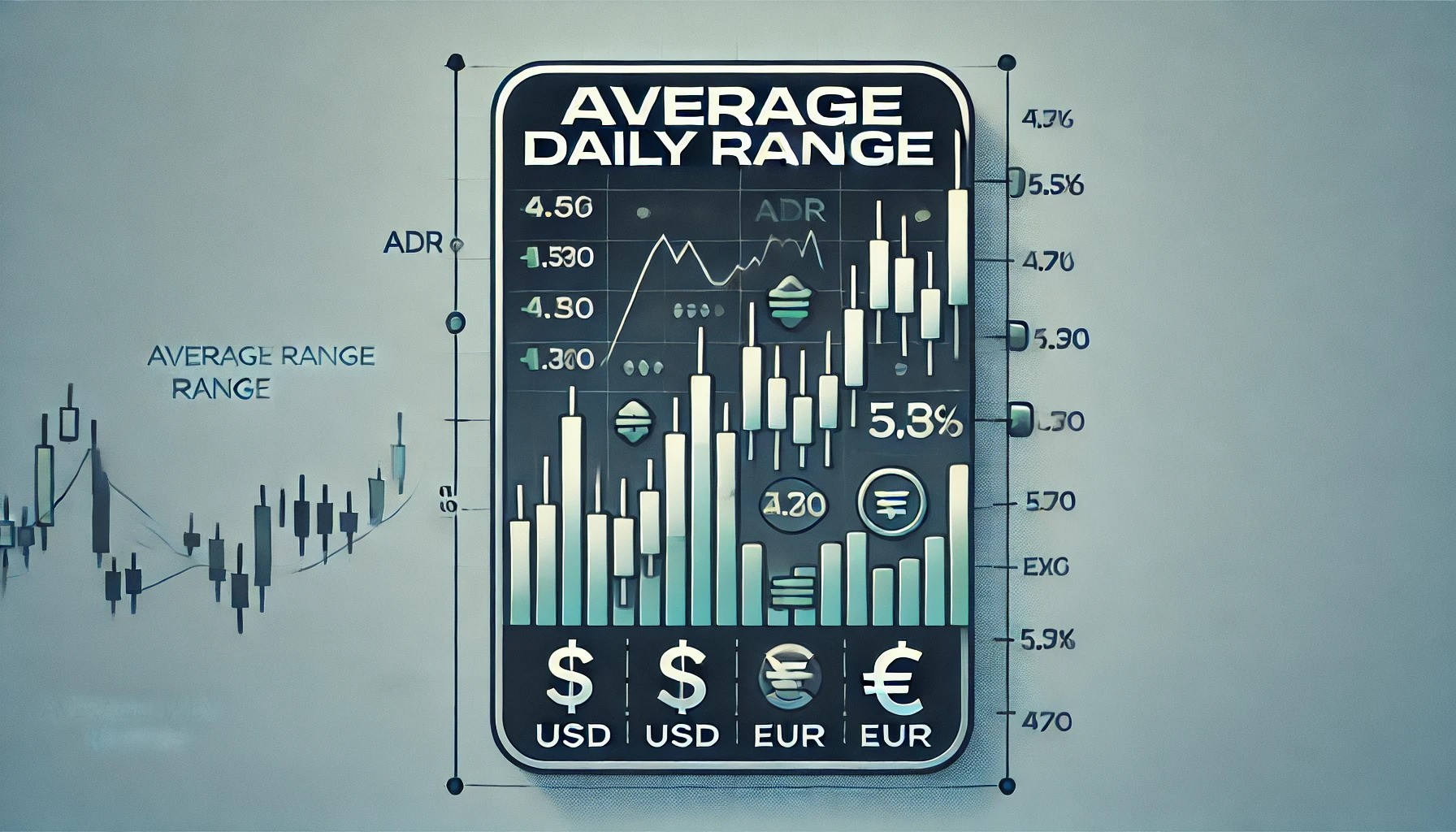Imagine a crowded marketplace for currencies, that’s the forex market. In this marketplace, sometimes things get a little sneaky. A move called a liquidity grab can happen, and it’s important to be aware of it to protect your trades.

So, what exactly is a liquidity grab?
Think of it like this: Imagine many traders set stop-loss orders, which are automatic instructions to sell if the price goes against them. Big players, like banks or investment firms, with lots of money, can sometimes trick the market. They might push the price one way quickly, like a fake move, to trigger all those stop-loss orders. This creates a pool of willing buyers or sellers for them to take advantage of, and then they quickly reverse the price. It’s like grabbing all the available currency (liquidity) at a good price for them. Click here to learn more about Golden Signals.
How can you spot these sneaky moves?
Here are some clues:
- Fake Breakouts: The price shoots up or down sharply, seemingly breaking a support or resistance level (areas where the price tends to bounce back), but then zooms right back. This might be a trap to trigger stop-loss orders.
- Sudden Spikes in Trading: If trading activity explodes out of nowhere, it could be a sign of a big order causing a stir.
- Price Wick Teasers: The price action might show little spikes that poke above or below support/resistance zones, but don’t hold. These could be attempts to trigger stop-loss orders without a real price change.
Remember, these are just hints, not guarantees. Double-check with other trading tools before making any decisions based on a suspected liquidity grab.
Why do these big players do this?
There can be a few reasons:
- Profit Power: By triggering a bunch of stop-loss orders, they can create a buying or selling frenzy that lets them jump in and make money.
- Market Mischief: In extreme cases, some might try to manipulate prices to create fake signals and profit from the resulting confusion.
- Order Book Peeking: Big institutions might use liquidity grabs to test support and resistance or see what other traders are thinking.

How can you avoid getting caught in the trap?
Here are some tricks to stay safe from liquidity grab:
- Wider Stop-Loss Net: Place your stop-loss orders a bit further away from key support and resistance zones. This gives the price more breathing room before it triggers your order.
- Moving Stop-Loss: Consider using a trailing stop-loss that automatically adjusts as the price moves in your favor. This helps lock in some profits if the price reverses.
- Don’t Jump at Shadows: Don’t rely solely on possible liquidity grab signs. Use other trading tools and news to confirm your trading decisions.
Understanding the Jargon:
- Break of Structure vs. Liquidity Grab: Both involve price movements that challenge support/resistance, but a break of structure is a more lasting shift, while a liquidity grab is a temporary trick.
- Liquidity Sweep vs. Liquidity Zone: A liquidity sweep is the big order itself, while the liquidity zone is the area where all those stop-loss orders are clustered, like a target zone for the sweep.
By understanding liquidity grabs and these related terms, you’ll be a more informed forex trader. Remember, knowledge is your best weapon in this fast-paced market! Click here to learn more about ITM meaning.
Liquidity Grab Conclusion
Liquidity grabs can be frustrating, but by being aware of them and using the tips above, you can minimize their impact on your trades. Forex trading involves inherent risks, but by staying informed and using sound trading strategies, you can increase your chances of success. So, stay alert, be patient, and remember, even the pros get fooled by liquidity grabs sometimes!
If you want to learn more about Forex Gold trading, check our new article at this link.
Trump’s Tariffs on Mexico and Canada: How They Could Impact the Forex Market
Introduction Trade policies and tariffs play a significant role in shaping global economies, and their effects often ripple through financial markets,…
Delayed Gratification – The Power of Practicing It
Delayed gratification is the practice of resisting the temptation for an immediate reward in favor of a larger, more enduring…
DXY – The First Quarter of 2025: Ideas and Potentials
The U.S. Dollar Index (DXY) is one of the most critical indicators in global financial markets. It reflects the value…
What Does the Trump Presidency Mean for Forex Trading?
The Trump presidency, characterized by its unconventional policies and rhetoric, had profound implications for global financial markets. Forex trading, being…
Average Daily Range (ADR) in Forex Trading
The Average Daily Range (ADR) is one of the most popular metrics in Forex trading, offering traders valuable insights into…
Fixed vs. Growth Mindset in Forex Trading
Forex trading, often considered one of the most challenging financial markets, requires more than just technical analysis and market knowledge….










